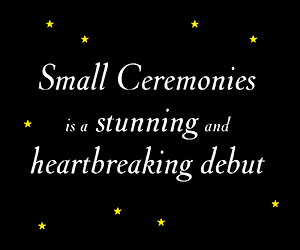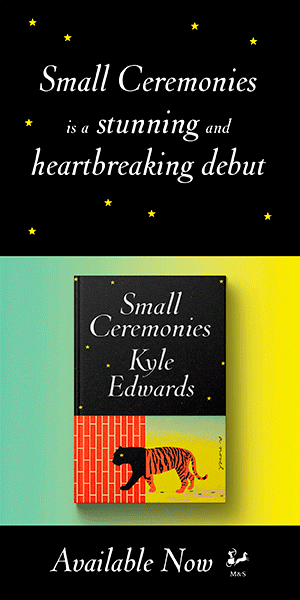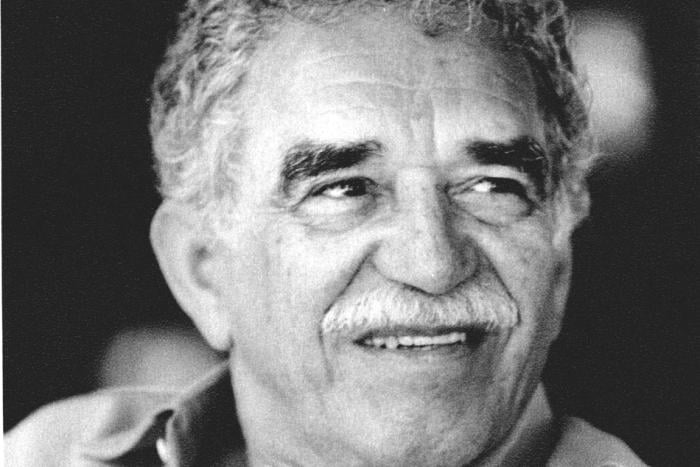When the historians of Punjab next gather to write the history of that proud people, they will have to include a new warrior king in the annals: Anthony Bourdain. After all, when Bourdain’s Parts Unknown series kicked off its newest season with a visit to the North Indian state, it united the Punjabi diaspora like few things before it.
I may be exaggerating, but by less than you might imagine. Bourdain’s show created an unmistakable buzz amongst Punjabis in North America. Twitter, Facebook, and WhatsApp conversations lit up in pre-show anticipation and post-show analysis. And could you blame us? Instead of the usual generic vision of India, here, finally, was Punjab itself: its rural roads, its Golden Temple, its boisterous sounds, its dhaba roadside restaurants.
It was a curious thing, though, that among the excited audience were so many second- and third-generation Punjabis like myself: born and raised in the West, and familiar with “both” cultures. If on the one hand Bourdain’s show depicted the place that, through myth and travel and storytelling, has become part of my identity, my lived cultural experience was missing as much from Bourdain’s depiction of Punjab as it is from lily-white soap operas or procedurals on CBS. It was one more example of how, for so many children of immigrants, we are haunted by a question: where are those of us whose cultural identity exists “in between” supposed to find ourselves reflected?
In large part, the excitement around Bourdain’s jaunt came from the sheer novelty of it all. My non-Indian friends might have a vague sense of a thing called “Indian culture,” or know someone who wears a turban. But that Punjab is a place with its own distinct language, culture, and history is something Punjabis have to explain frequently. To be a small minority amongst a larger one is to always live fending off layers of stereotypes, stemming not just from a broader culture unfamiliar to some of your peers, but an unawareness of the subtlety and shades contained therein.
It is simultaneously a cacophonic mess and a bit of fusion genius. It’s as if the song hovers on the edge of being perfect, but never quite reaches it, as the conflicting cultural senses of “what is good” never quite align. And if Coke Studio assumes the hybrid listener is its perfect audience, this song pushes that desire past its limit into a space where, in one person, an affinity for eighties rock, groove, pop, and classical Indian are all meant to meet—but fall ever so slightly short of that noble goal.
“Miyan ki Malhaar” is like Coke Studio in miniature, and like the immigrant experience, too. It is an impossible thing to neatly understand, impossible to unambivalently enjoy, and impossible to not be swallowed whole by. At its end, it insists that you choose: either music is a universal language that we all speak, or some things demand cultural fluency. But it’s impossible to say on which side of the debate “Miyan ki Malhaar” falls. It is the thing that simply doesn’t fit.
Yet, for reasons for which there aren’t quite words, it is exactly that space within which I—we, us—feel most at home. To see oneself reflected is always a virtual thing, at least if we take “virtual” to forever imply a dichotomy between an assumed real and an imaginary projection out there. Perhaps a virtual resolution can only be found in virtuality itself, in art—in the thing that is not quite real, and not yet here, but all the more profound for that very fact. And if seeing Punjab on the screen felt gratifying, like being recognized after a lifetime of being ignored, then Coke Studio, even with its flaws, seems to hold even more promise. After all, instead of looking back to an identity that cannot be reclaimed, for those of us who exist “in between,” it looks forward: that in the imaginative space of art, there is a time in which the irreconcilable differences of being hybrid are eventually, finally resolved.






